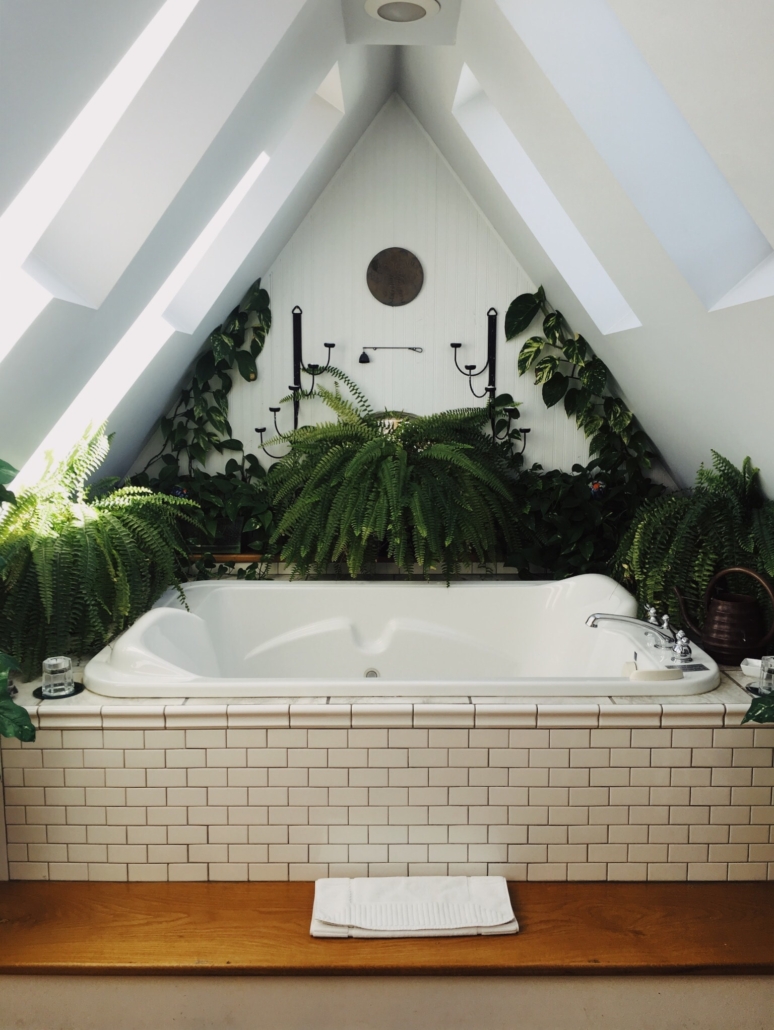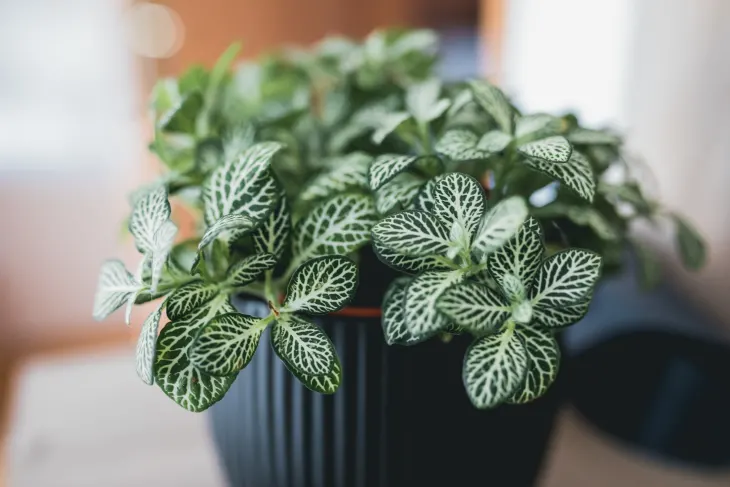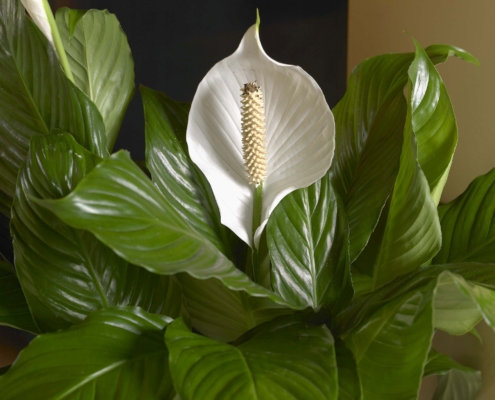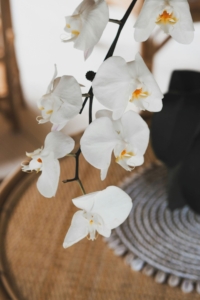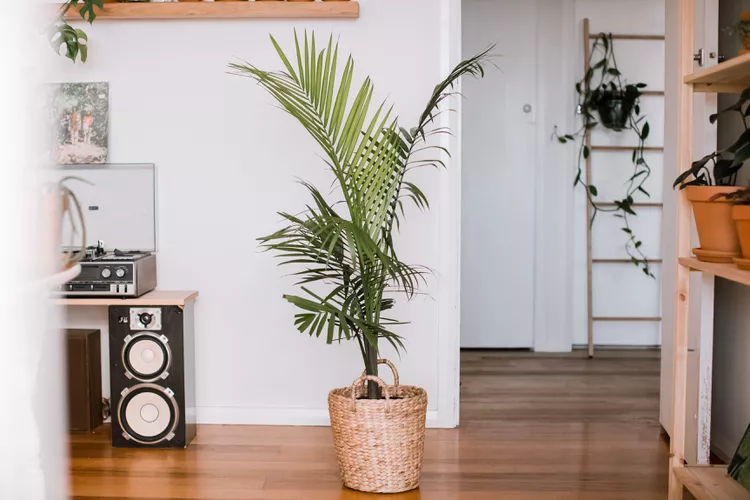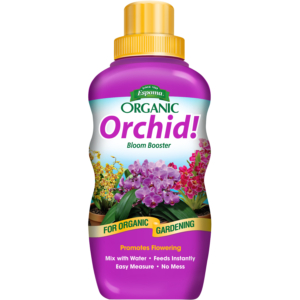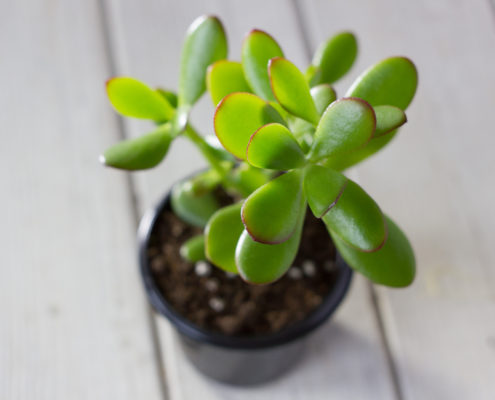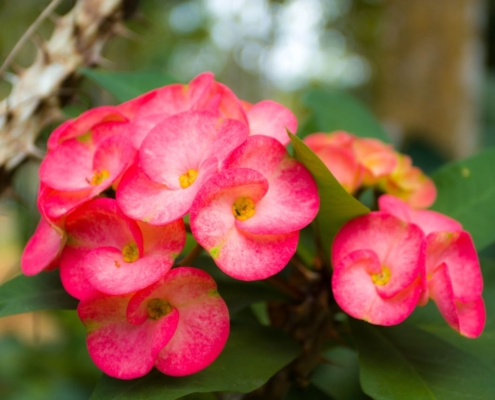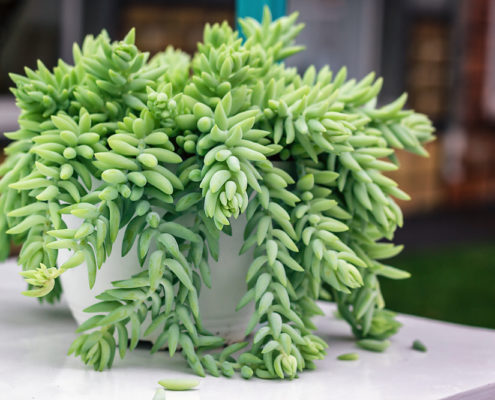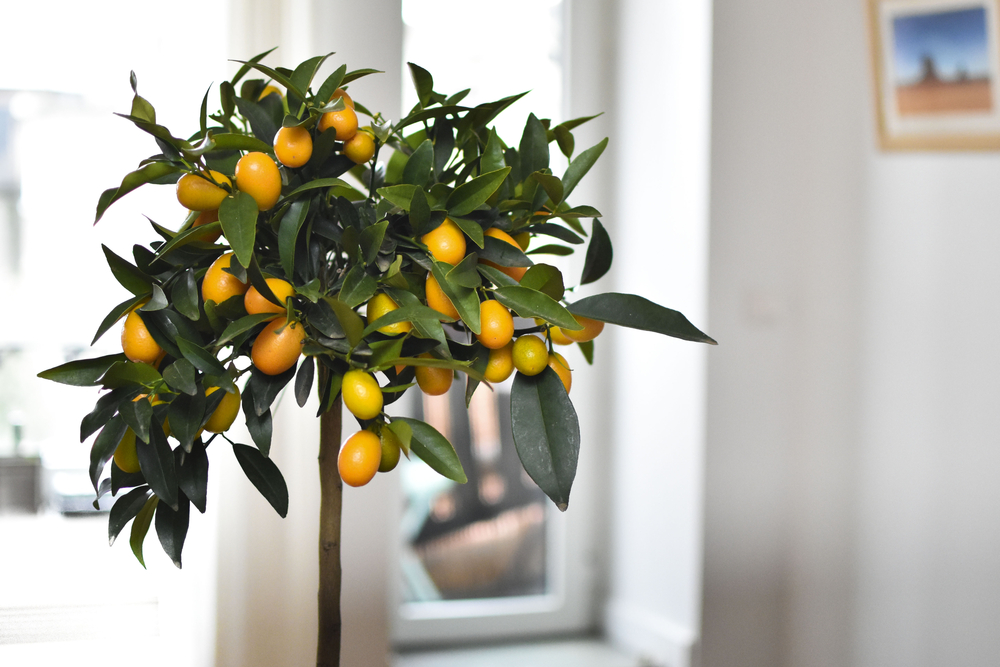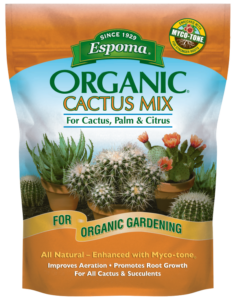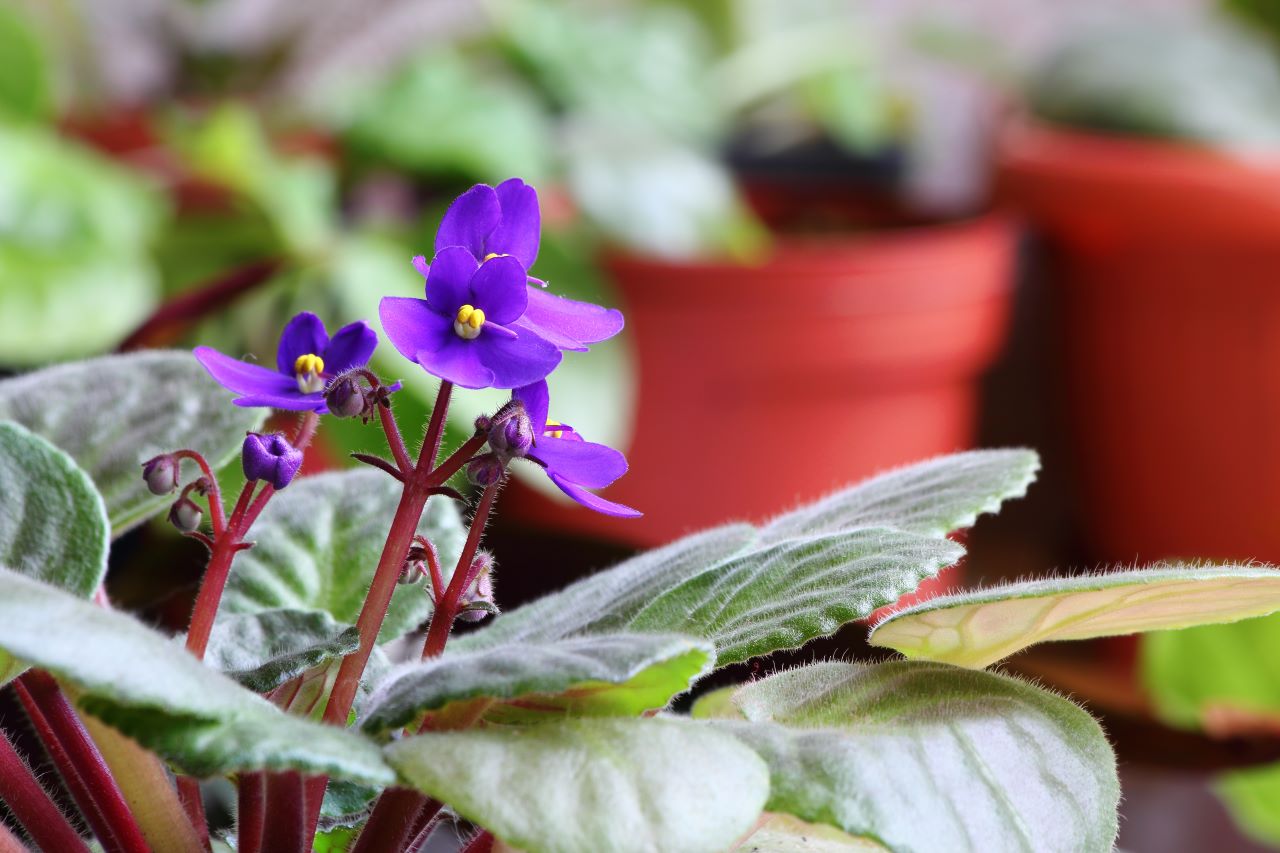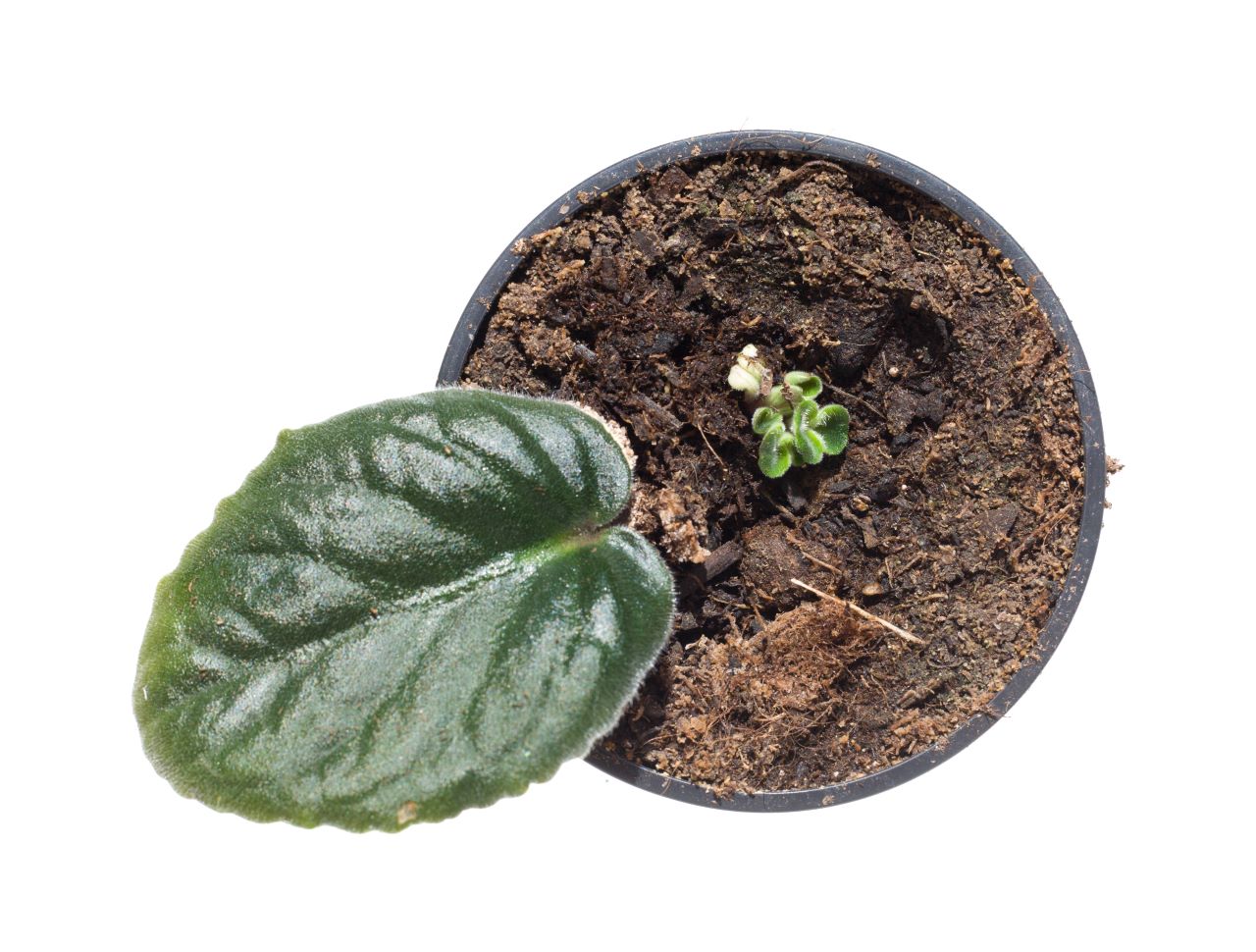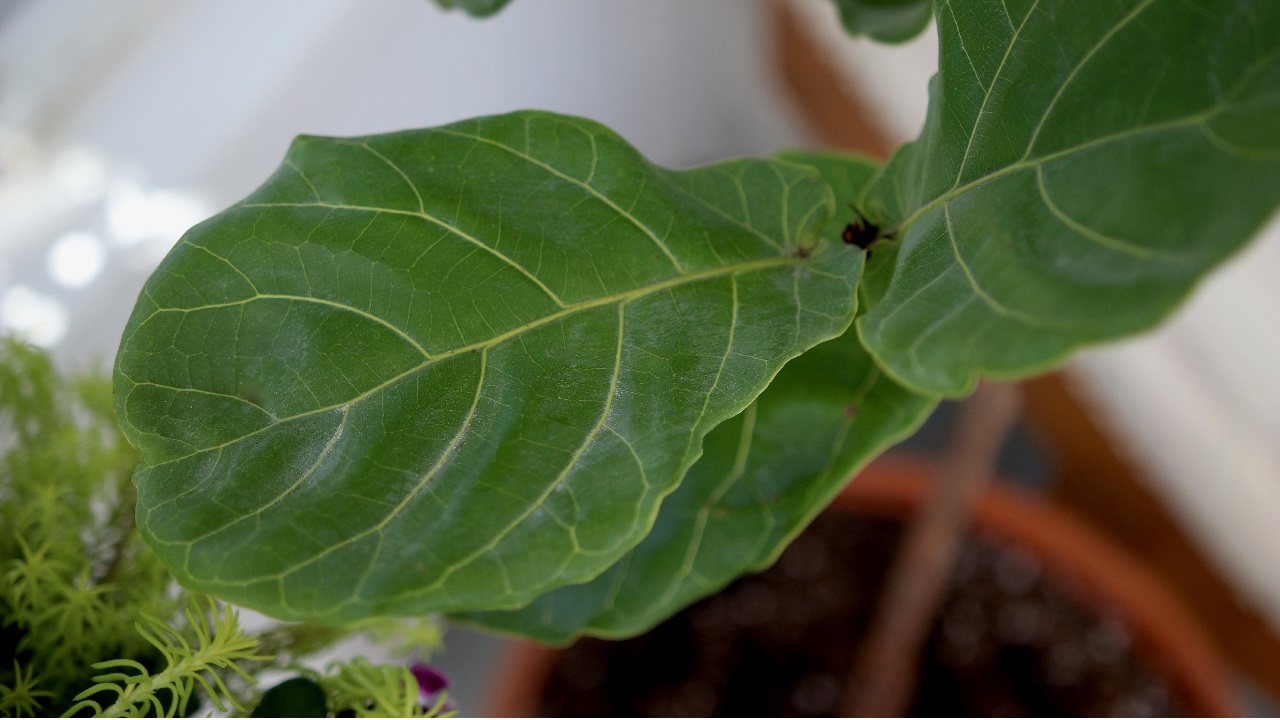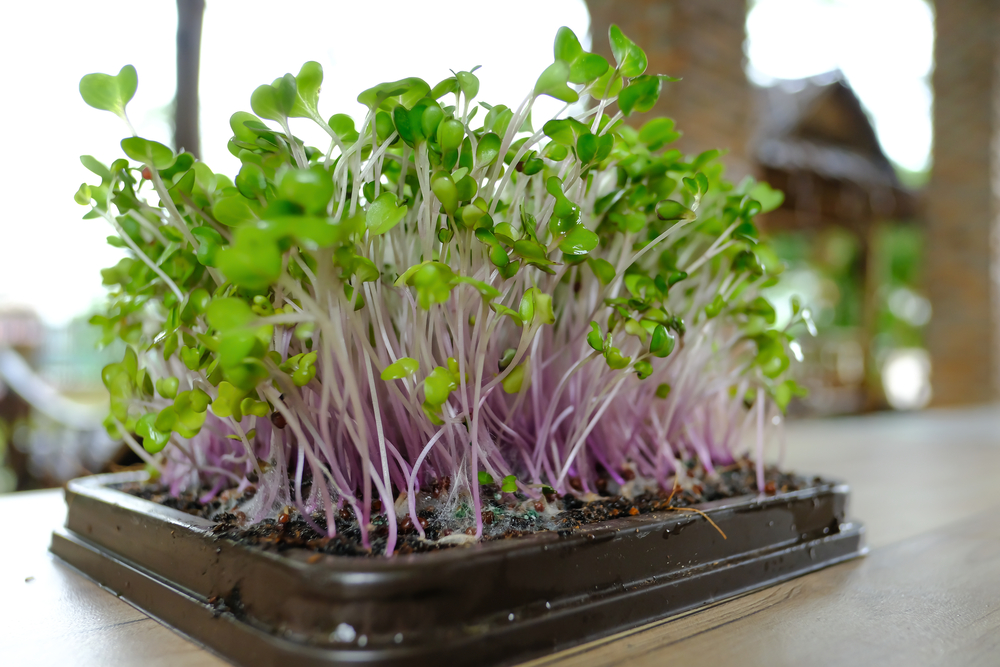Dress up Your Desk with Succulents
Everyone likes to dress up their desks and it is fun to bring a little of the outdoors inside. Succulent arrangements can be chic or playful. Jurassic Park dish garden anyone? You may want to make one with a holiday theme by mixing in tiny holiday ornaments. Go hunting for unique containers.
Succulents are simple to grow with a little care and knowhow. They only need a small amount of water about every 10 days or so. . Good drainage is a must. Always use Cactus Mix, Cactus! soil.
A trick to find out if your plant needs water is stick a dry toothpick into the drainage hole at the bottom of the pot. If it comes out dry, it’s time to water. If there are bits of soil stuck to it, wait a few more days. It’s exactly like testing to see if a cake is done.
Always put them in the sunniest place possible. That can be tough in an office situation, unless you have that spacious, corner office. Happily, they’ll respond to that florescent light above your desk. LED light is fine too.
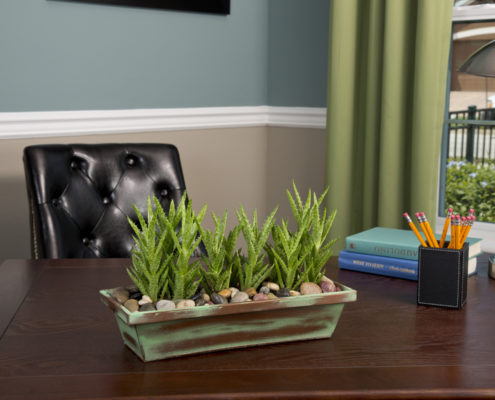
Photo courtesy of Costa Fams
Aloe
Plant several is one container to create a contemporary design. They would also be easy to combine with other succulents in a dish garden. Fertilize a few times in spring and summer to keep them happy. They grow 6 to 12 inches tall and wide.
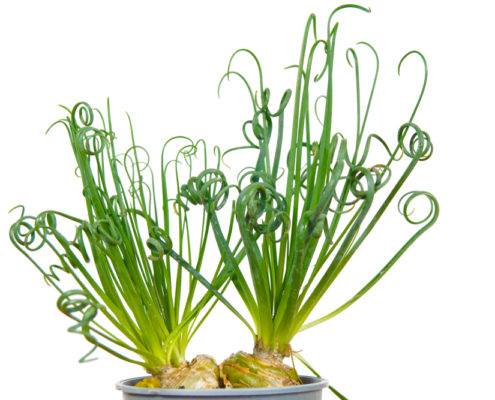
Albuca
Albuca has a unique growing habit. It produces a thick bulb above ground. Thin grassy foliage rises from the bulb and blooms with green and white flowers. Try growing them with small succulents like Echeveria elegans. They grow 8 inches tall and wide.
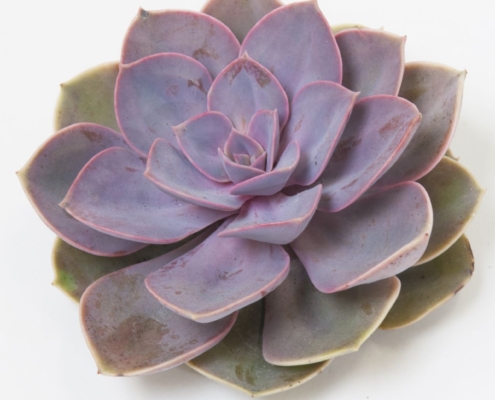
Perle von Nurnberg Echeveria
Echeveria is a small succulent, just a few inches high. The overlapping leaves of this echeveria species are beautiful in color. A greyish brown base with light pink and purple highlights creates contrast between the leaves. In the summer, the flowers can become coral to red with a yellow interior.
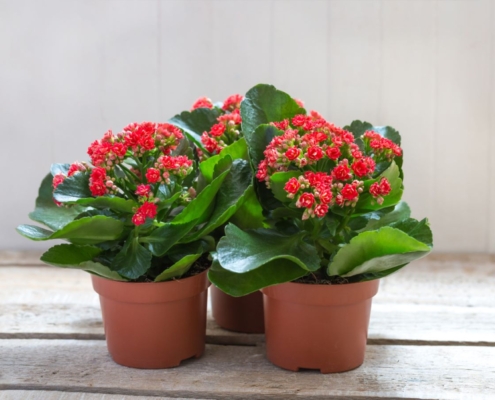
Kalanchoe
Kalanchoe is a beautiful succulent that can have colors of red, cream, and even yellow in its large, round leaves. No wonder they call them flapjack plants. One plant is all you’d need to create a show stopping display. It grows 1 to 2 feet tall.
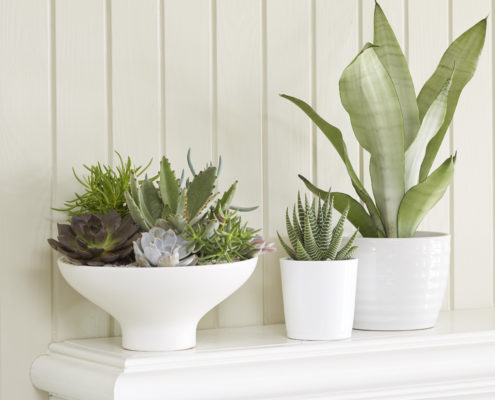
Photo courtesy of Costa Farms
Haworthia
A big name for a small plant but the deep green leaves with white stripes really is a stand out. They look brilliant on small containers top dressed with a layer of five white gravel. They don’t like direct light so they work especially well in an office setting. They grow 2 to 8 inches tall and wide.
Products to Buy:



